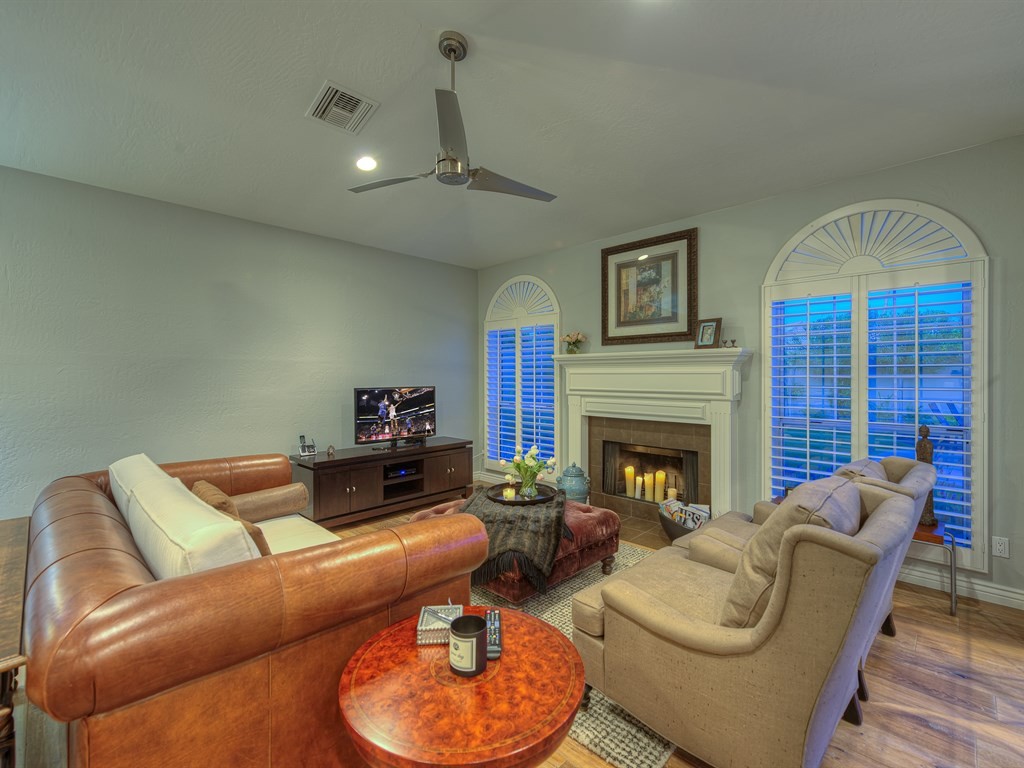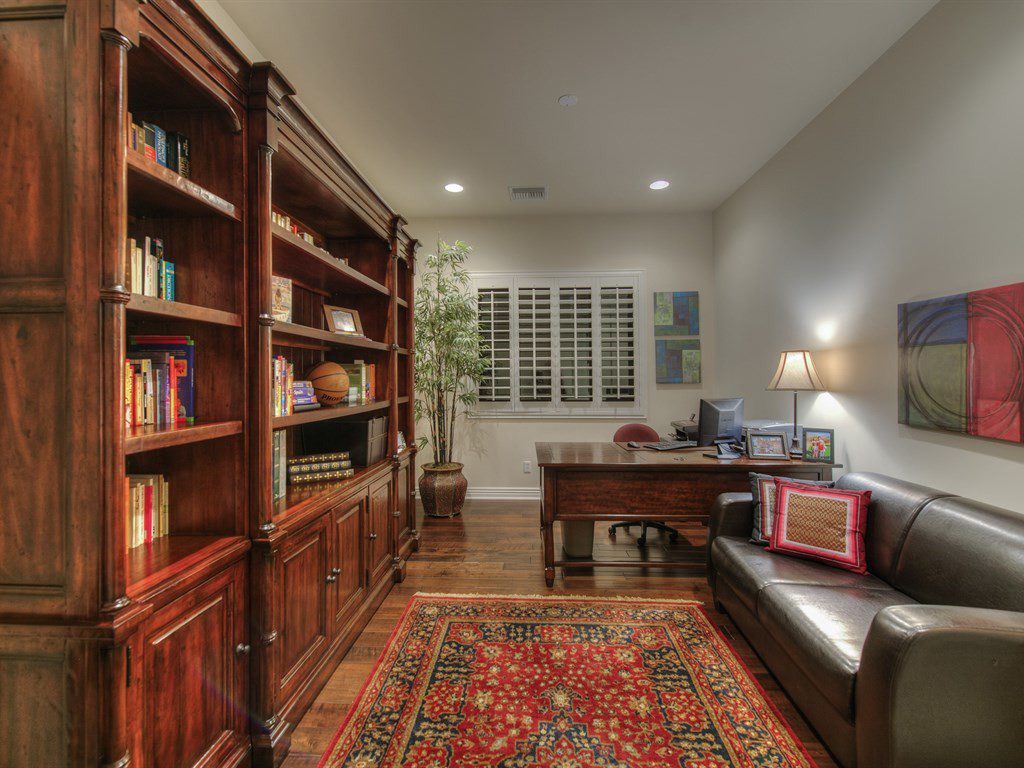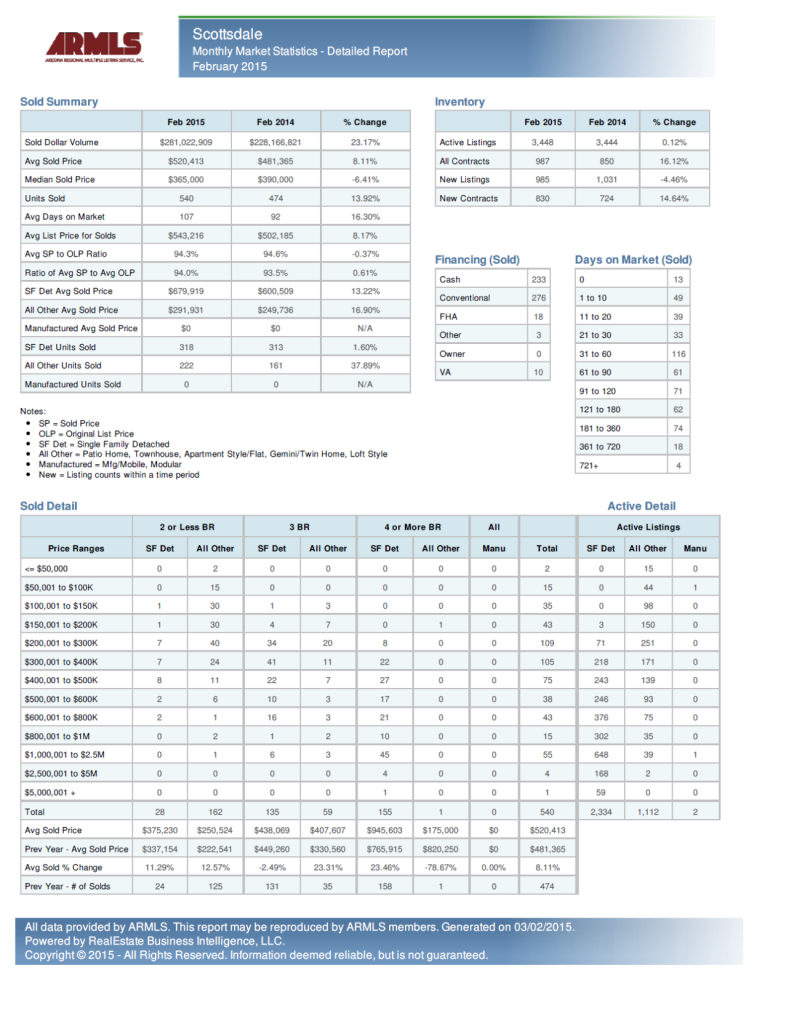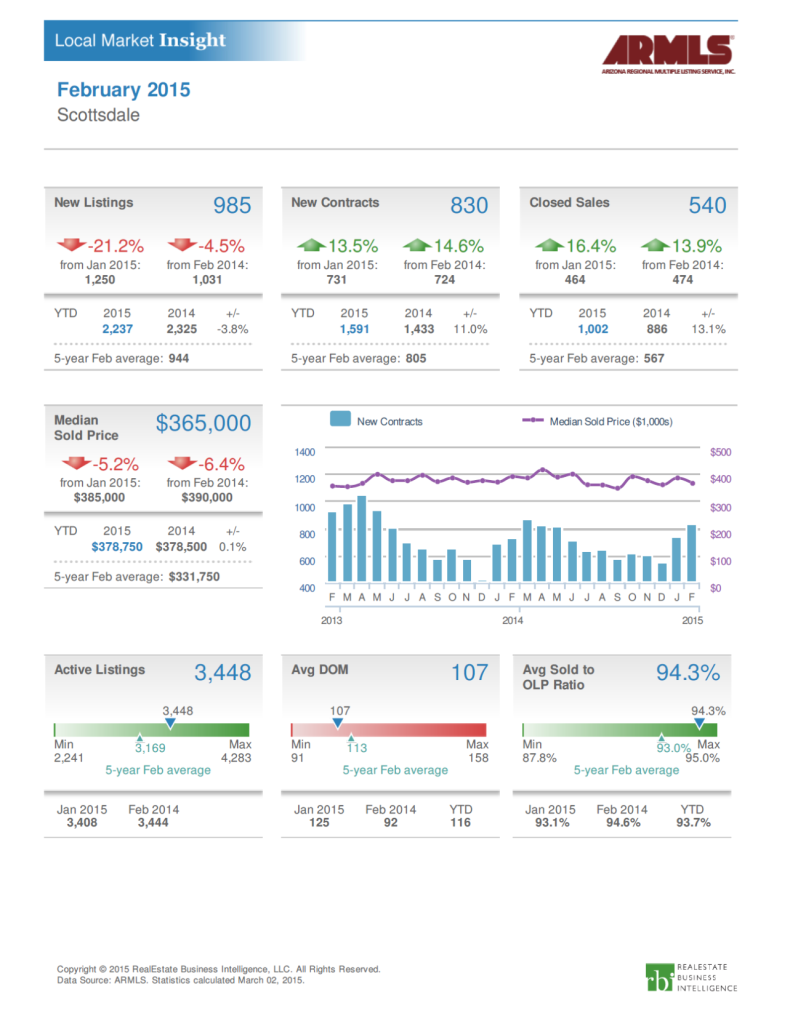 By Joe Szabo, Scottsdale Real Estate Team
Read on to find out the five most common problems Devlin encounters — and how you can avoid them in your home.
By Joe Szabo, Scottsdale Real Estate Team
Read on to find out the five most common problems Devlin encounters — and how you can avoid them in your home.
5 Bathroom Renovation Mistakes to Avoid By Joe Szabo, Scottsdale Real Estate Team
 By Joe Szabo, Scottsdale Real Estate Team
Read on to find out the five most common problems Devlin encounters — and how you can avoid them in your home.
By Joe Szabo, Scottsdale Real Estate Team
Read on to find out the five most common problems Devlin encounters — and how you can avoid them in your home.







 “Rates remained flat for most of last week but jumped sharply after Friday’s exceptionally strong jobs report, before easing back down early this week,” said Erin Lantz, vice president of mortgages at Zillow. “We expect rates to hold steady this week due to little incoming data and the official start of the European Central Bank’s bond purchases.”
Additionally, the 15-year fixed mortgage rate this morning was 2.92 percent, and for 5/1 ARMs, the rate was 2.89 percent.
Check
“Rates remained flat for most of last week but jumped sharply after Friday’s exceptionally strong jobs report, before easing back down early this week,” said Erin Lantz, vice president of mortgages at Zillow. “We expect rates to hold steady this week due to little incoming data and the official start of the European Central Bank’s bond purchases.”
Additionally, the 15-year fixed mortgage rate this morning was 2.92 percent, and for 5/1 ARMs, the rate was 2.89 percent.
Check 




